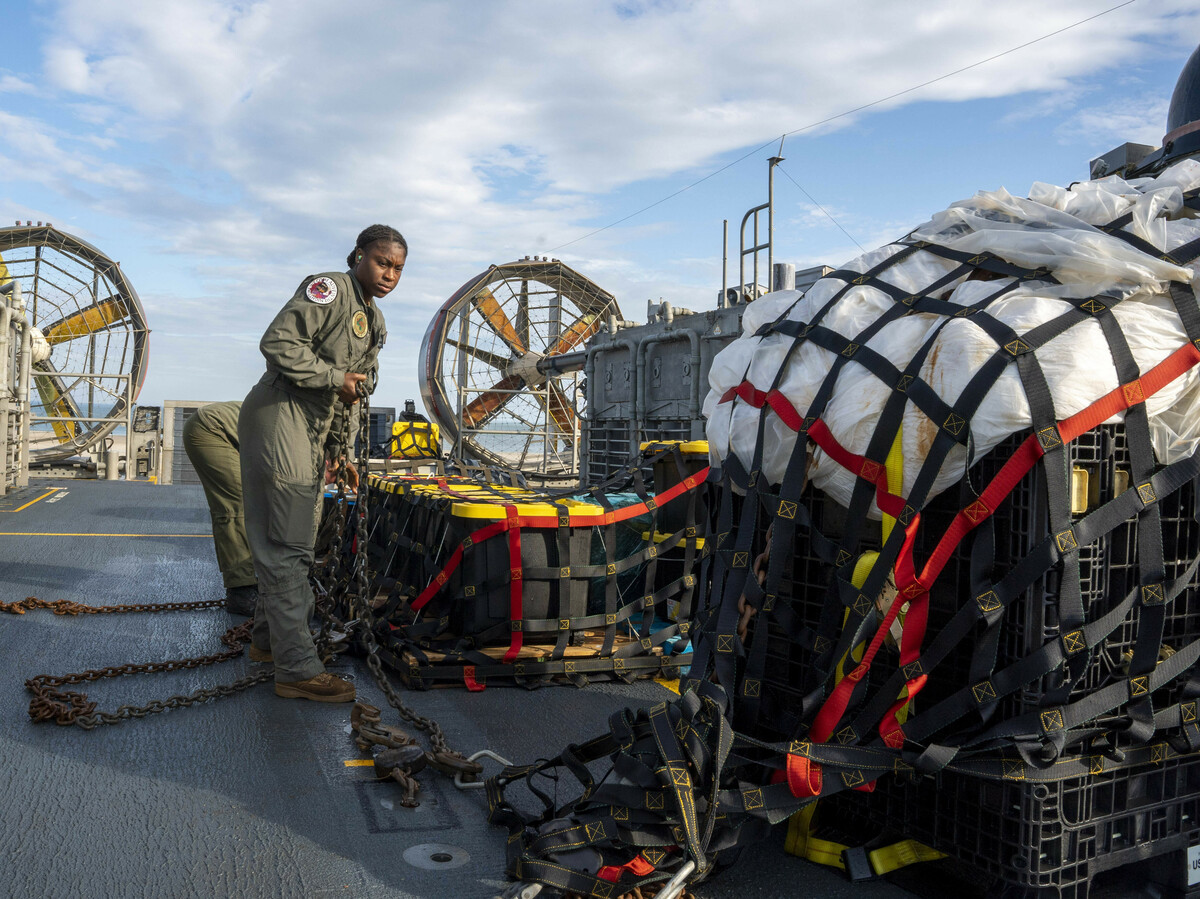
U.S. Navy Sailors prepare material recovered in the Atlantic Ocean from a high-altitude balloon for transport. Handout/Getty Images hide caption

U.S. Navy Sailors prepare material recovered in the Atlantic Ocean from a high-altitude balloon for transport.
Handout/Getty ImagesA total of four high-flying, balloon-like objects have been shot down by US fighter jets this month. Officials have still not said where three of them came from.
The United States claims the first one was a Chinese surveillance balloon, which China denies. But American officials have made no definitive statement as to what the other three could be, nor has anyone come forward to claim ownership.
NPR correspondents Scott Detrow and Greg Myre share what they've learned about the mysterious flying objects.
And Timothy Heath, a senior researcher at the Rand Corporation, talks about the various ways governments use high-altitude balloons.
Email us at
This episode was produced by Brianna Scott, Kai McNamee, Megan Lim and Michael Levitt. It was edited by Ashley Brown, Andrew Sussman, Roberta Rampton and William Troop. Our executive producer is Sami Yenigun.

 Live Radio
Live Radio